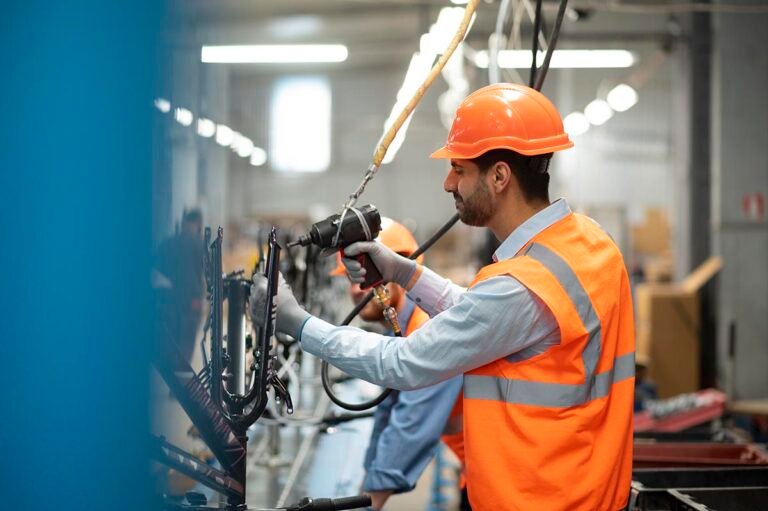1
Step 1
keyboard_arrow_leftPrevious
Nextkeyboard_arrow_right

O&M of plant where chemical treatments are required.
In plants where chemical treatments are required, effective operations and maintenance (O&M) practices are essential to ensure efficient performance, regulatory compliance, and longevity of equipment. These plants encompass a wide range of industries, including water treatment facilities, wastewater treatment plants, chemical processing plants, and power generation facilities. Here's a brief overview of key aspects of O&M in such plants:
Regular inspections of equipment, instrumentation, and process parameters are vital for identifying potential issues early and preventing costly breakdowns. Monitoring parameters such as chemical dosing rates, pH levels, temperature, and pressure helps maintain optimal process conditions and ensures effective treatment outcomes.
Proactive maintenance strategies, including preventive and predictive maintenance, help minimize unplanned downtime and extend equipment lifespan. Scheduled maintenance activities such as equipment cleaning, lubrication, calibration, and component replacements should be conducted based on manufacturer recommendations and historical performance data.
Proper handling, storage, and disposal of chemicals are critical for ensuring worker safety and environmental compliance. O&M personnel should receive adequate training on chemical safety protocols, including handling procedures, personal protective equipment (PPE) requirements, spill response, and emergency shutdown protocols. Chemical storage areas should be well-ventilated, equipped with appropriate containment measures, and segregated based on chemical compatibility.
Continuous optimization of chemical treatment processes helps maximize treatment efficiency, minimize chemical usage, and reduce operating costs. O&M personnel should regularly review process parameters, analyze performance data, and adjust chemical dosing rates and treatment strategies as needed to achieve desired treatment goals while minimizing adverse impacts such as corrosion, scaling, or foaming.
Compliance with regulatory standards and permit requirements is non-negotiable in chemical treatment plants. O&M personnel should stay abreast of relevant regulations, conduct routine audits and inspections to ensure compliance, and maintain accurate records of chemical usage, process parameters, and maintenance activities. Collaboration with regulatory agencies and environmental consultants may be necessary to address compliance challenges and implement corrective actions.
Establishing comprehensive emergency preparedness and response plans is essential for mitigating risks associated with chemical treatment operations. O&M personnel should be trained to respond effectively to chemical spills, leaks, or other emergencies, with clear protocols for evacuation, containment, and cleanup. Regular drills and simulations help ensure readiness and minimize the impact of emergencies on personnel, facilities, and the environment
In summary, chemical cleaning of process equipment and piping is a critical maintenance practice that enhances operational efficiency, mitigates corrosion, and prolongs equipment lifespan across diverse industries. By employing appropriate cleaning techniques, selecting suitable cleaning agents, and prioritizing safety and environmental considerations, organizations can achieve cost-effective maintenance outcomes and ensure the reliability and integrity of their process infrastructure.
Need Help? Chat with us
Start a Conversation
Hi! Click one of our member below to chat on Whatsapp
The team typically replies in a few minutes.